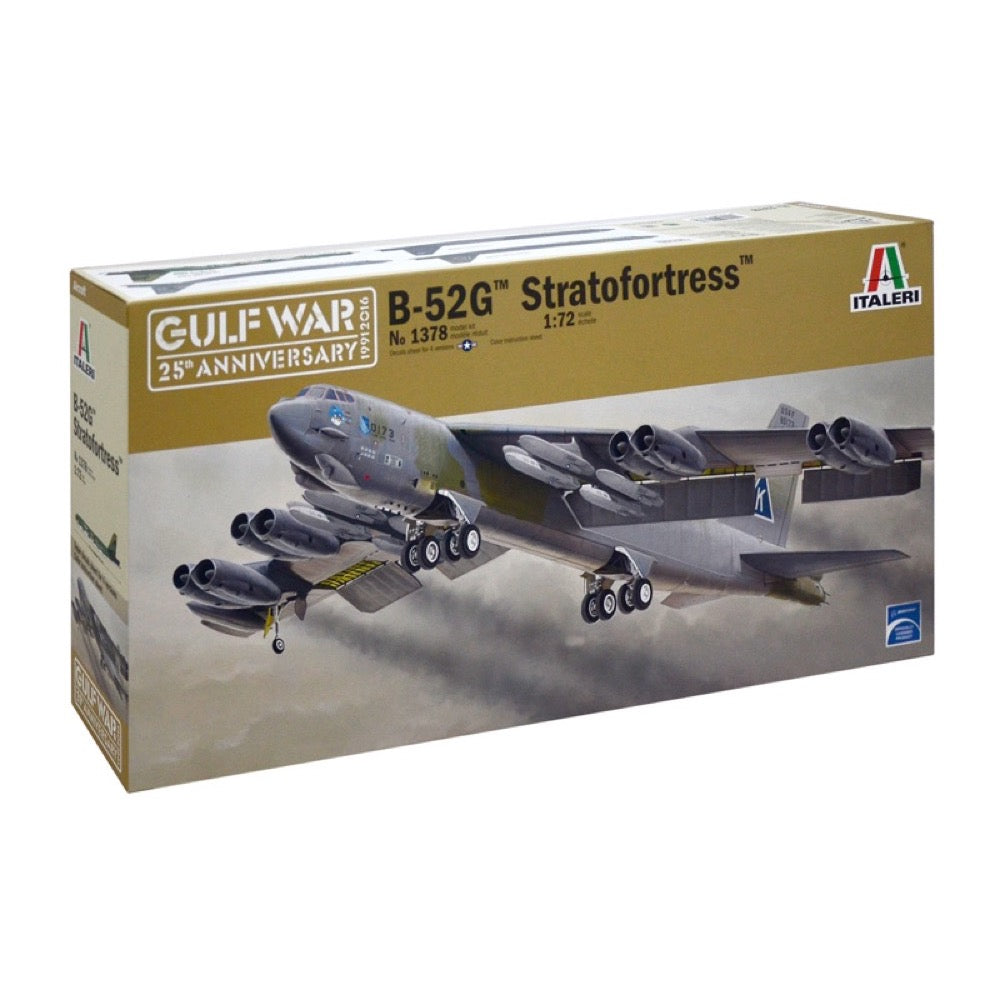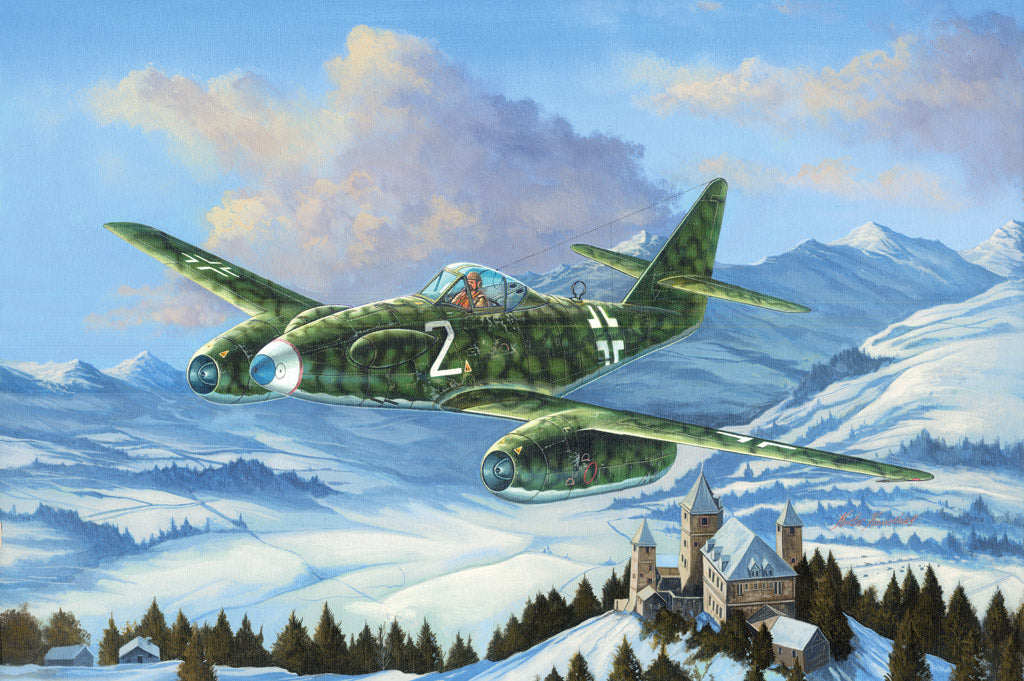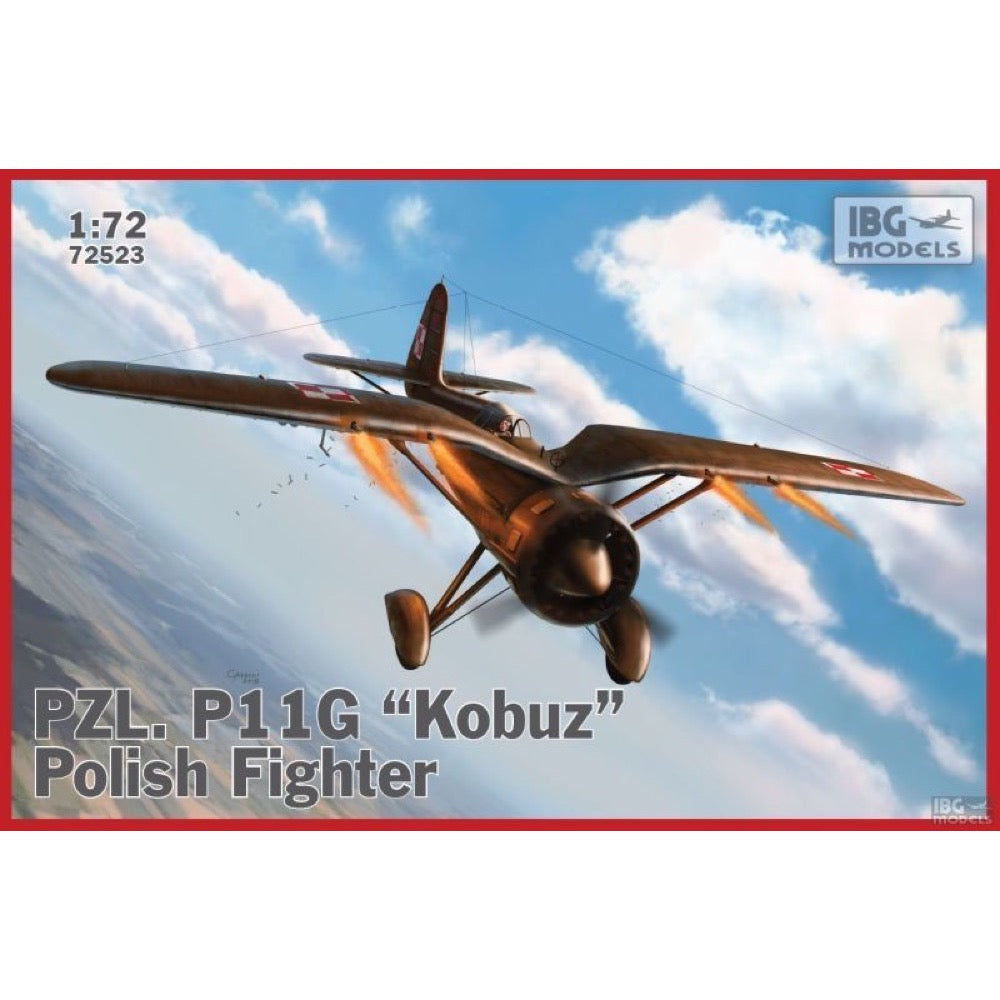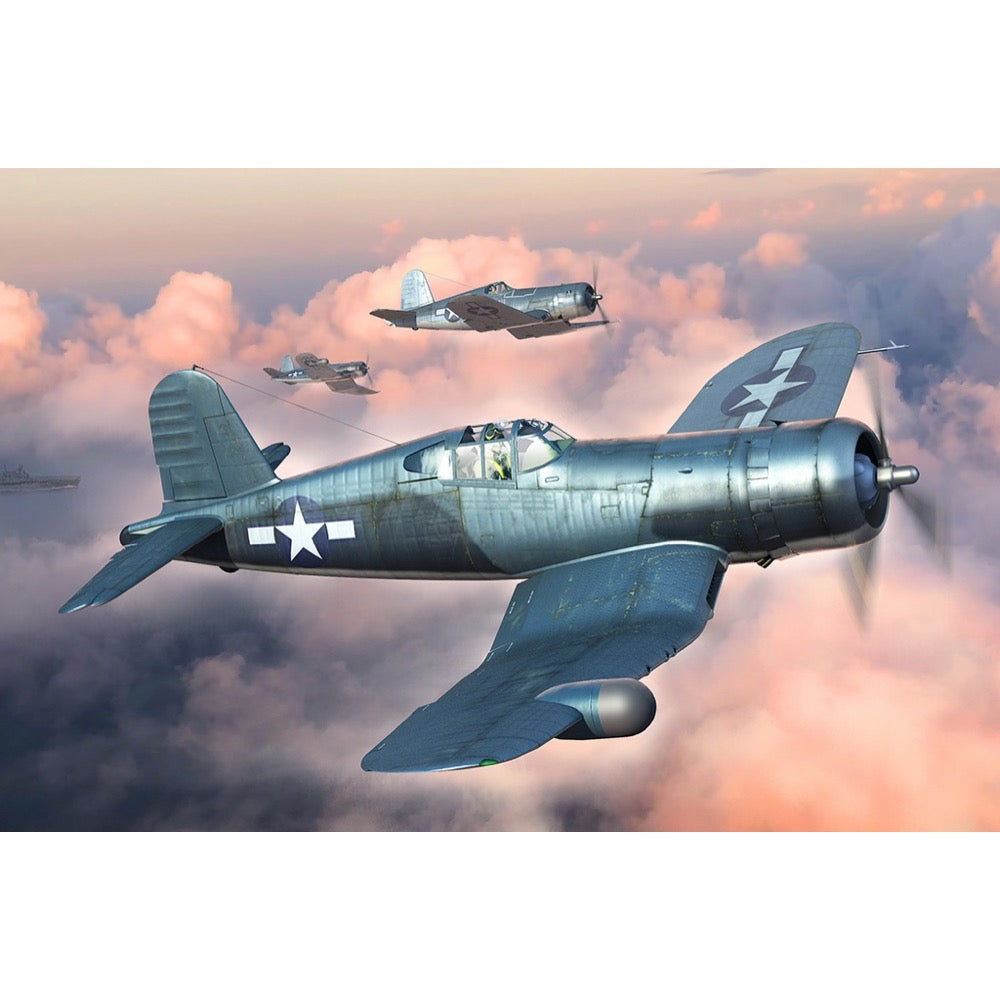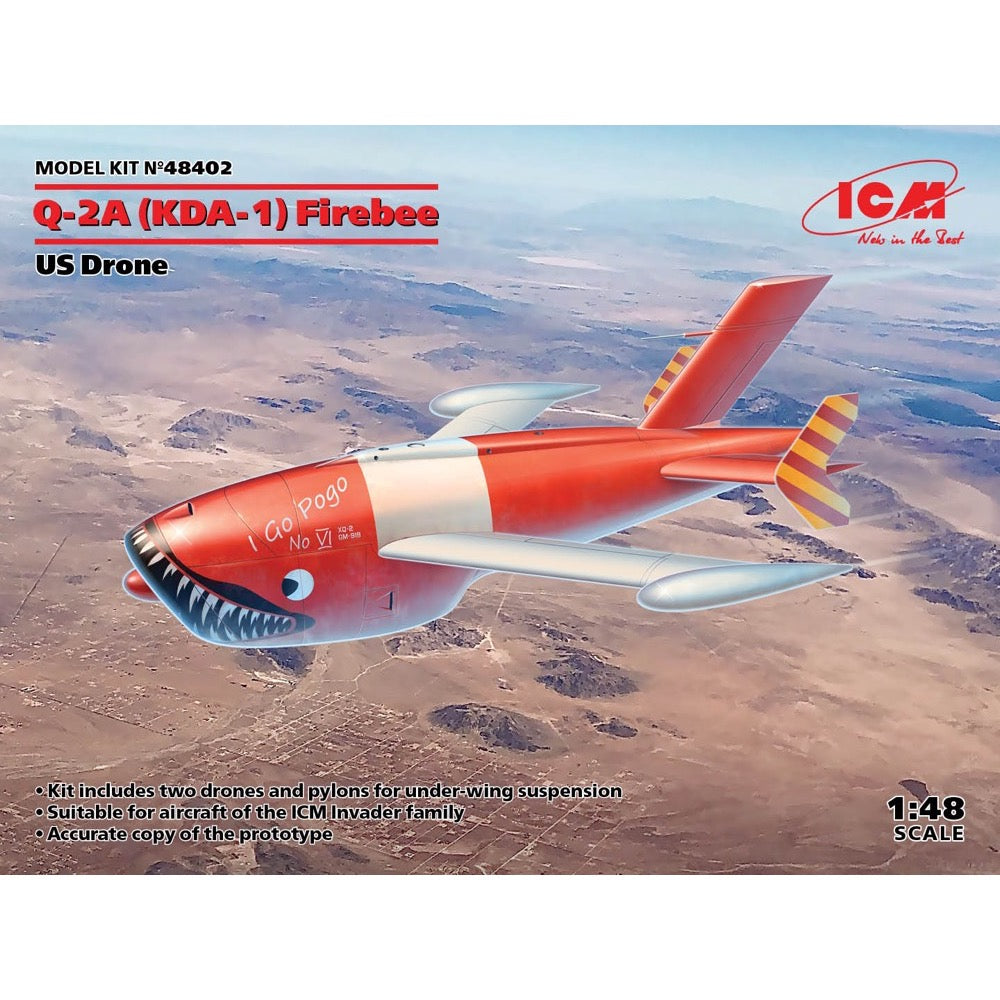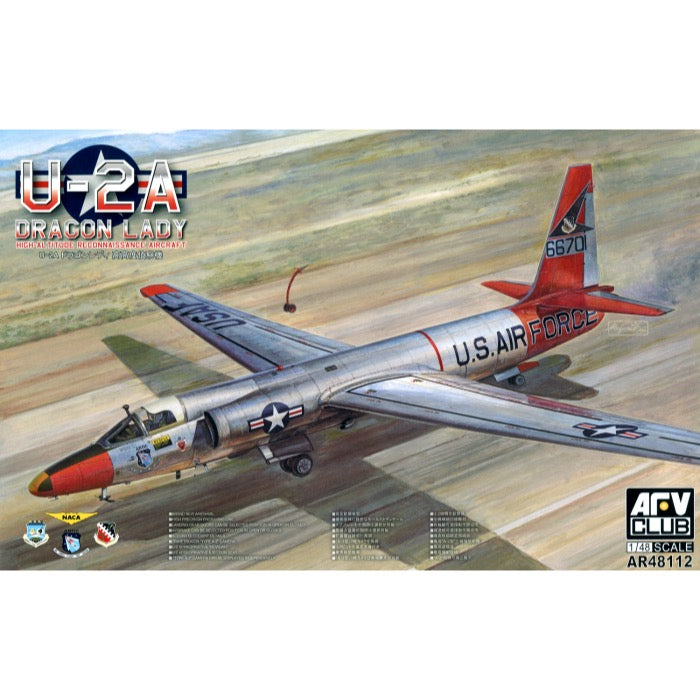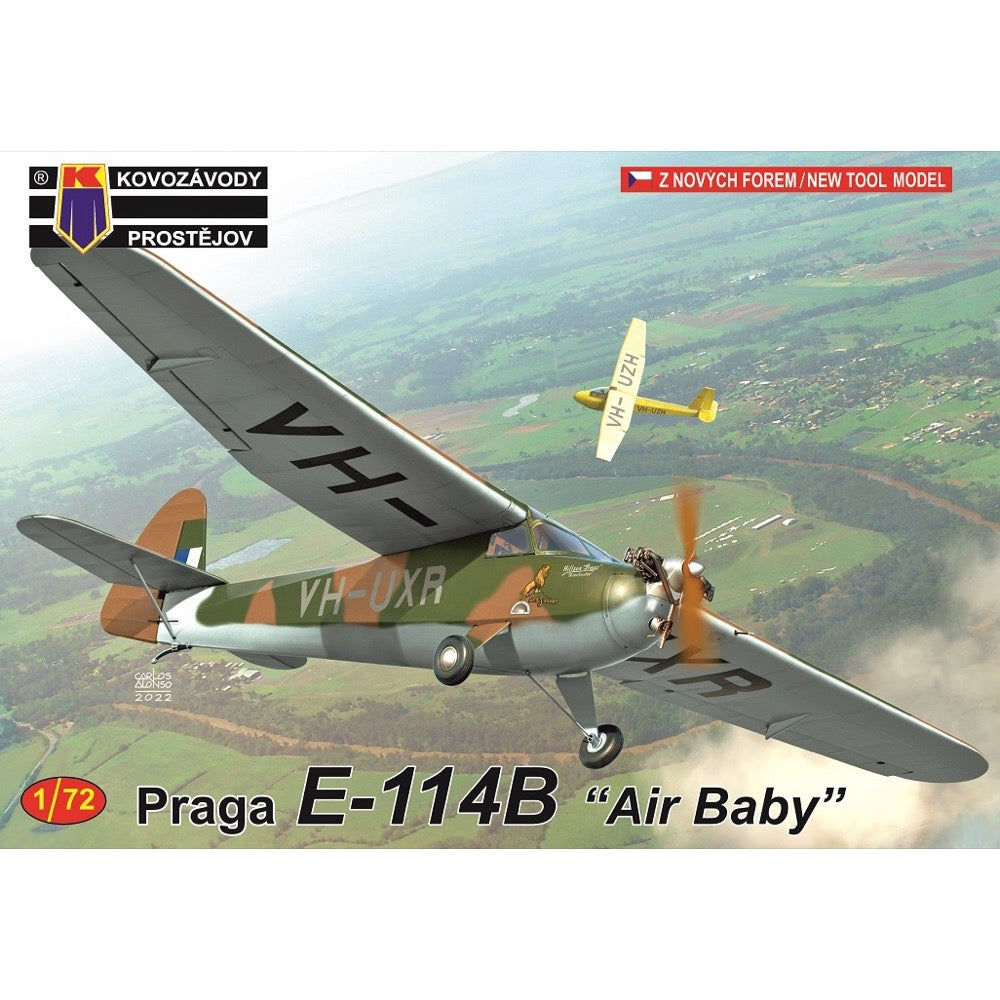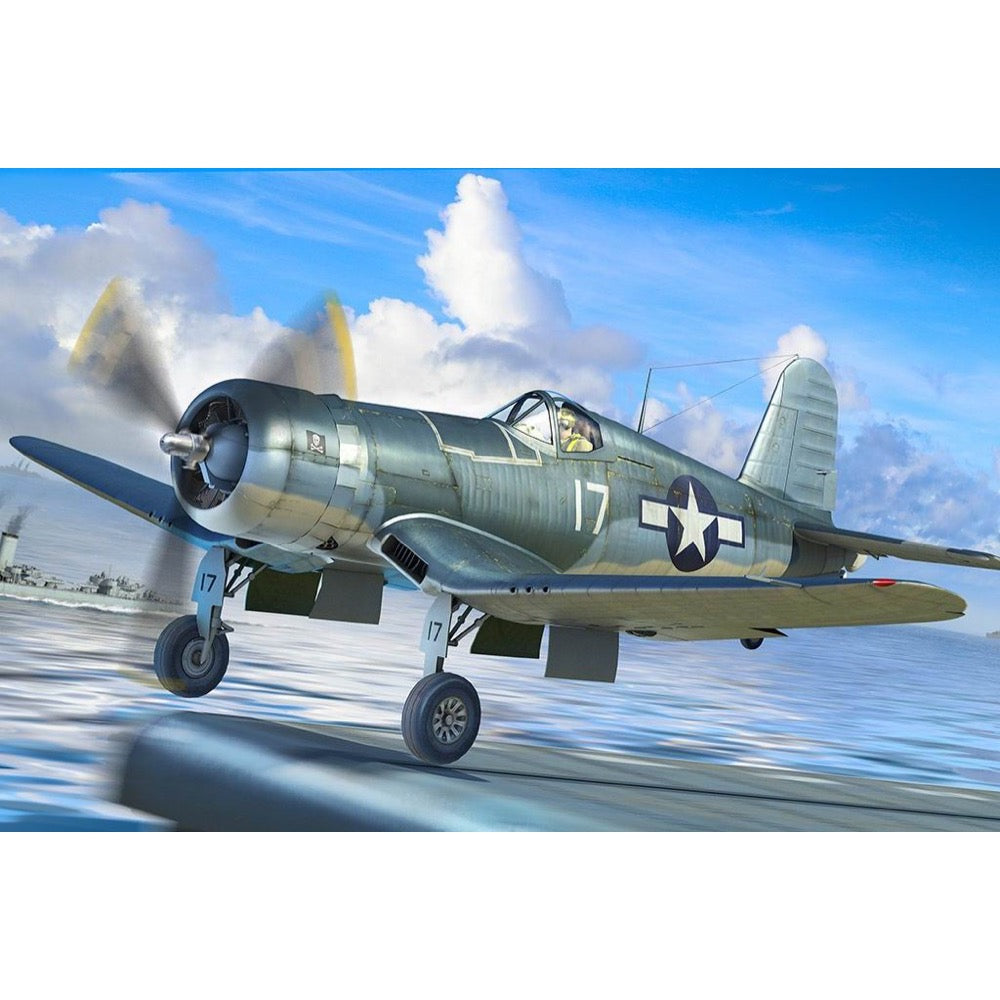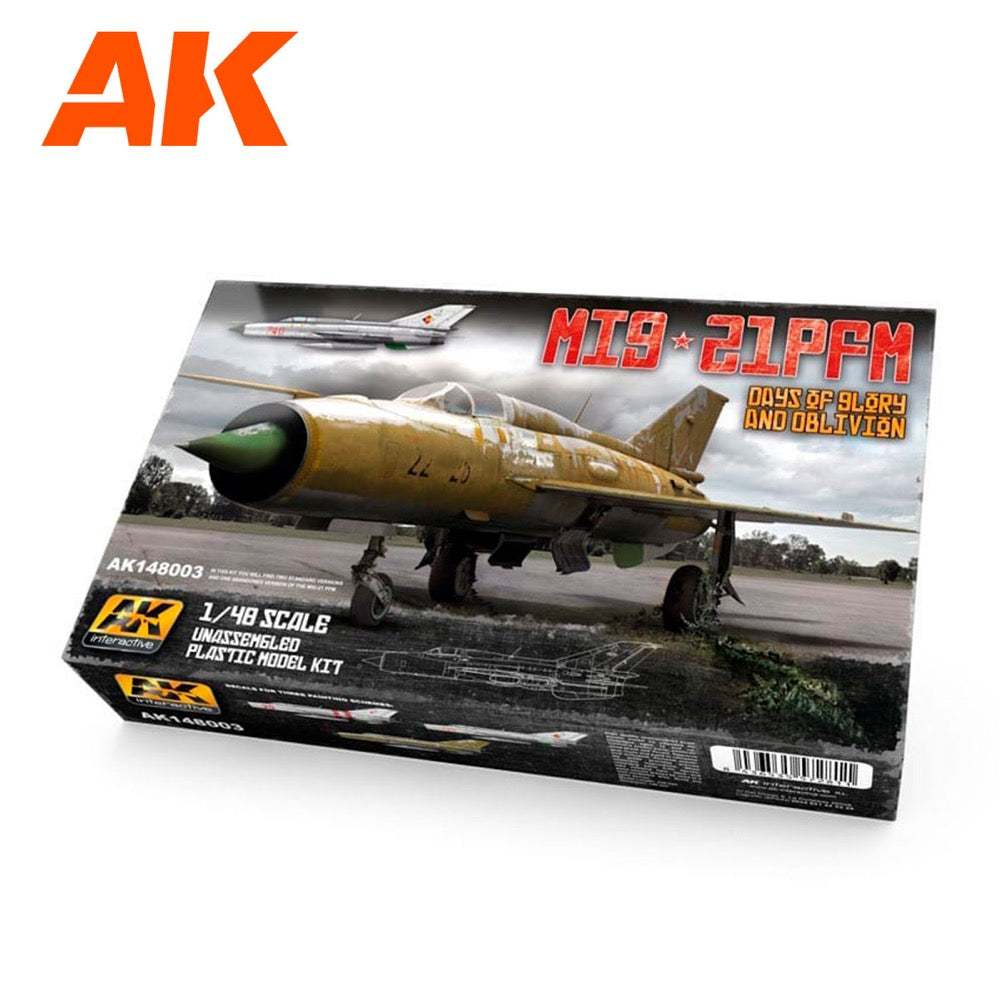
AK Interactive 148003 1/48 MiG-21PFM
58.00
$
<p>The Mikojan-Guriewicz MIG-21 (NATO: Fishbed) is a Soviet light fighter with a duralumin, half-shell structure, in a mid-wing design, with a delta blade with a 57-degree slope. The prototype flight took place on June 16, 1956. The prototype of the MIG 21 is considered to be the E-5 prototype powered by the RD-11 engine. After its flight, several other prototypes were created, which, incidentally, were breaking various international airspeed records. The experience gained from them was used to improve the E-5, and finally the aircraft was sent to mass production as the MIG-21F-13 in 1959. There are over a dozen basic versions in production, and along with various subversions, the number of MIG 21 types can be estimated at several dozen! The most important of them is the first mass-produced MIG-21F. It replaced the MIG-21PF version with the RP-21 radar and the R-11F2 engine. The next development version is the MiG-21R, i.e. a reconnaissance aircraft. Several training versions were also created, the first of which is the MiG-21U-400. The MIG-21 turned out to be a very successful design, with great performance, easy to pilot and cheap to produce. The quality of the construction is evidenced by the fact that in the 90s there were development versions of this aircraft, which was more than 30 years old. The machine was exported to all countries of the former Warsaw Pact and the entire multitude of Arab and African countries. The MIG-21 took part in most of the armed conflicts of the 1960-1980 period, including in the Vietnam War, in the Six Day War (1967), in the Iran-Iraq War (1980-1988).</p><p>This model kit contains:Precise instructions, Photo-etched, Decals, Resin parts.</p>
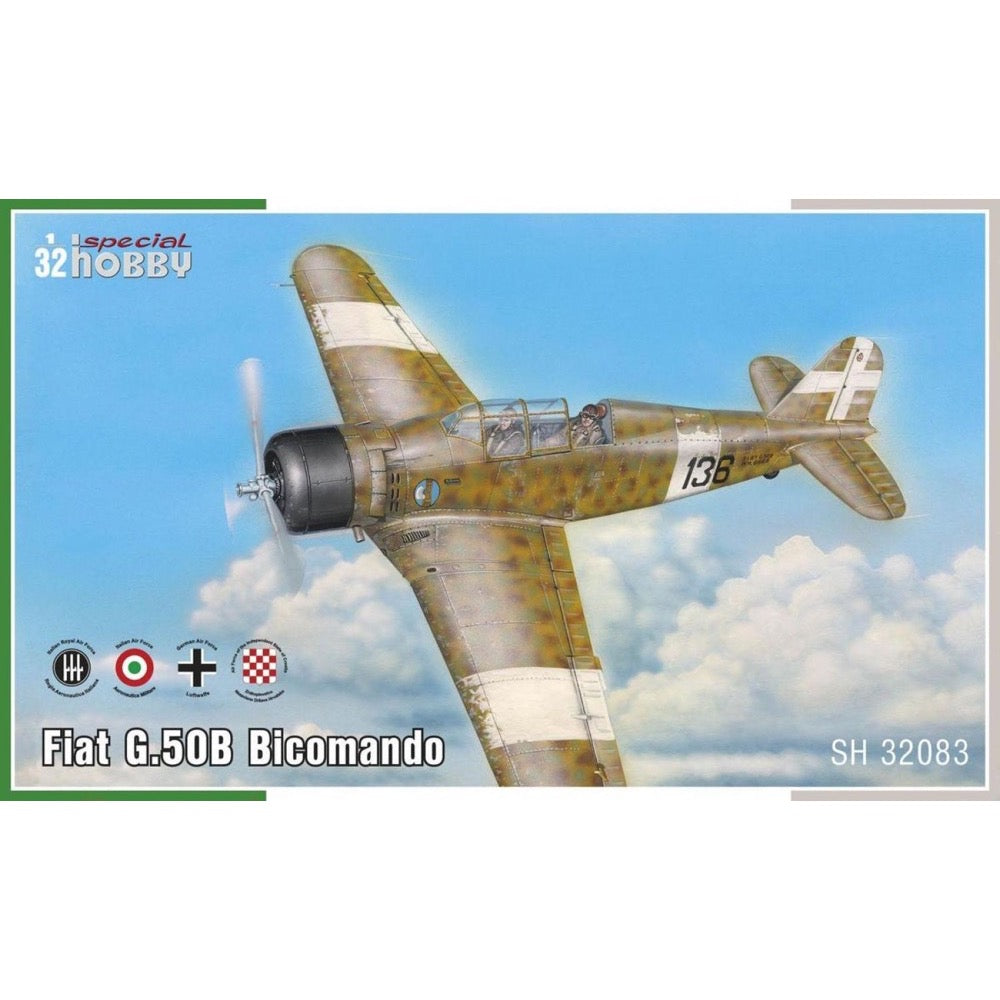
Special Hobby 32083 1/32 Fiat G.50B Bicomando
42.00
$
<p>The Regia Aeronautica, as well as many other air forces during WW2, used two seat machines converted from standard fighter types for the pilot training purposes. In 1940, the RA faced a difficult task as besides new pilots requiring the pilot training, those many already accustomed to flying in the open cockpit of a biplane needed to learn to fly modern, fast monoplanes with retracting undercarriage. And the Fiat G.50B suited this need very well. This two-place variety of the standard G.50 fighter came about by adding another pilot’s seat in place of the fuselage armament, in front of the standard cockpit. In total, 100 of these trainers were built and became a welcome addition to the Regia Aeronautica and a few also saw service with the Luftwaffe and the military of Croatia. One such machine survived the war and went on serving with the new Italian Air Force until 1948.</p>
<p>The model kit contains five grey styrene sprues, one with clear parts, finely detailed resin parts and etches. The decals cater for four marking options, machines of the Regia Aeronautica, Luftwaffe, Croatian Air Force and the post-war Italian Air Force.</p>
<h3>Features</h3>
<ul>
<li>
<p>Highly unusual and rare version</p>
</li>
<li>
<p>Colourful schemes</p>
</li>
<li>
<p>Resin cast parts and etches in the box</p>
</li>
</ul>
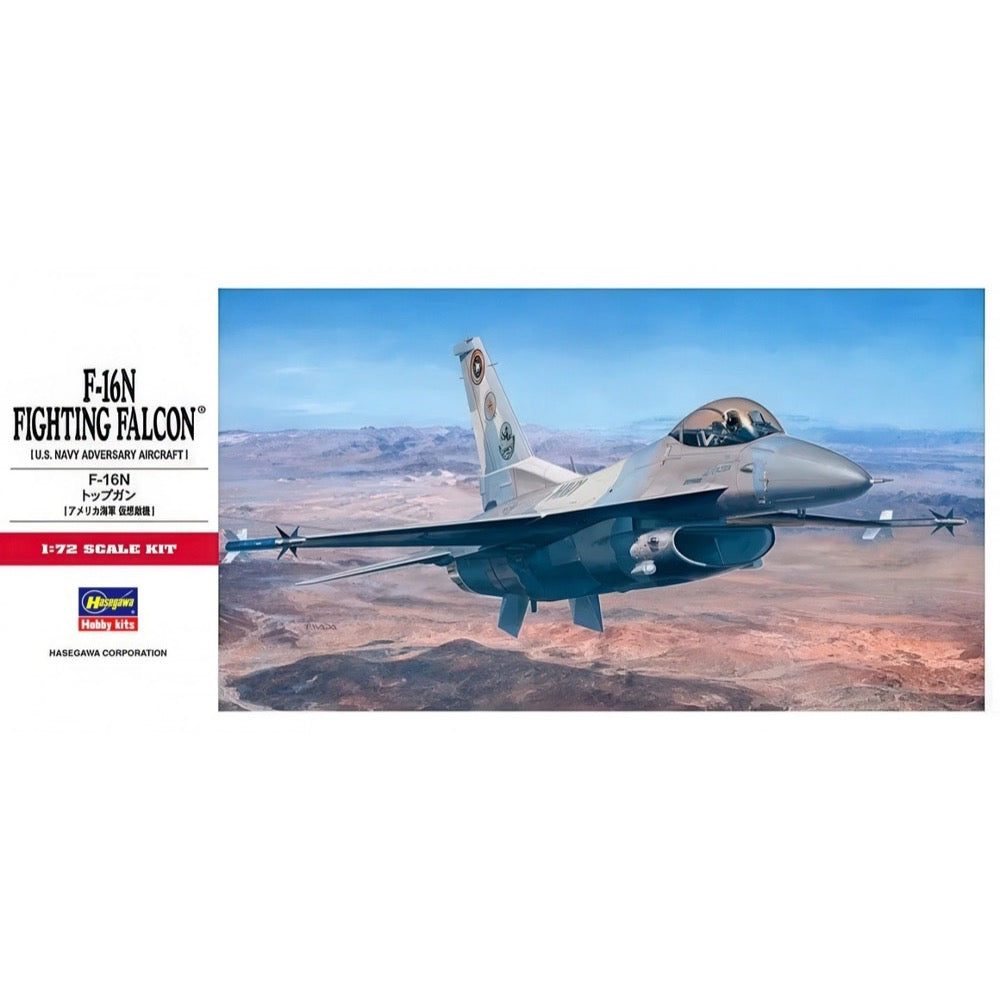
Hasegawa H00342 1/72 F-16N Fighting Falcon
8.00
$
<h3>The F-16N is the US Navy's hypothetical enemy aircraft.</h3>
<p>The aircraft is a modified version of the US Air Force's F-16C Block 30, and has been made lighter and simpler by replacing the radar and removing the fixed armament. </p>
<p>The F-16N is an aircraft with sufficient equipment and performance to simulate a new generation of fighter jets, and is used in NFWS Top Gun and other programs to train the world's best pilots.</p>
<p>Hasegawa's F-16 kit with markings and parts for the US Navy aggressor squadron at "Topgun". Includes markings for the first delivery aircraft and one from the squadron after it became operational.</p>
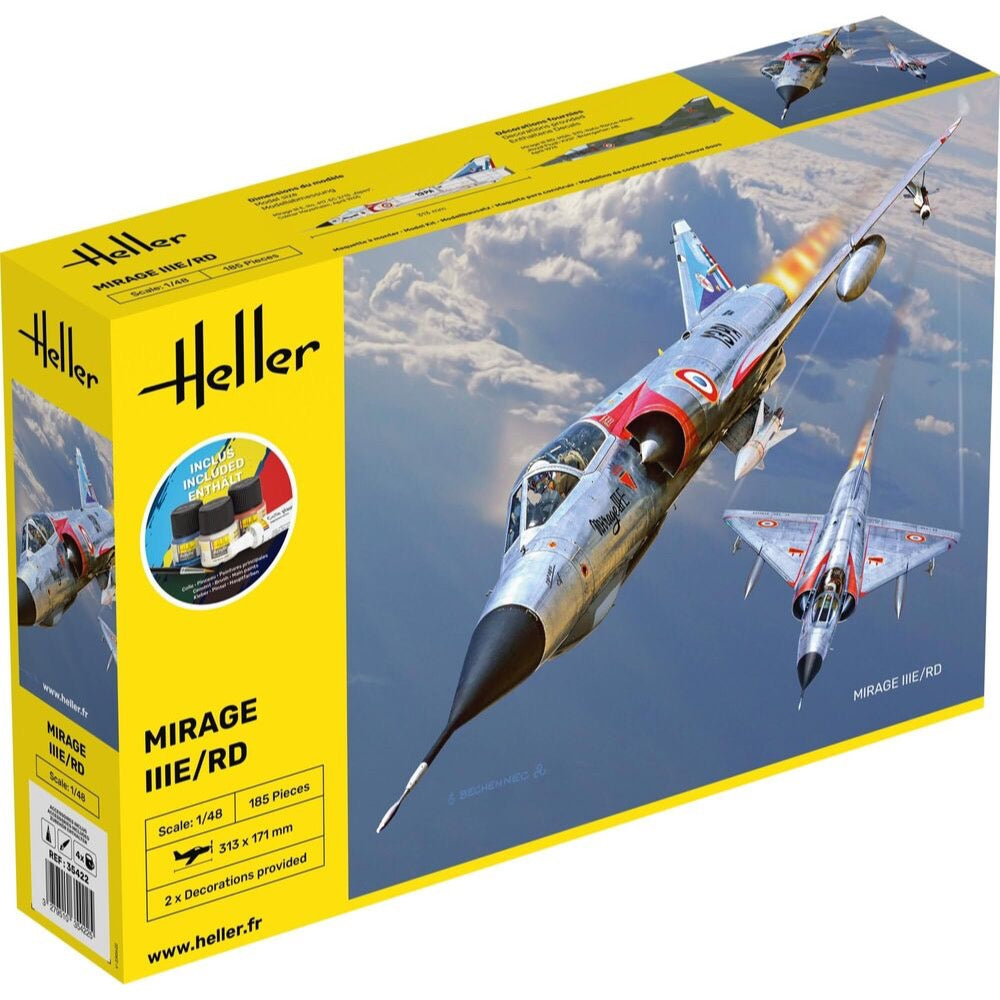
Heller HLL35422 1/48 Mirage IIIE/RD Starter Kit
46.00
$
<p>The Dassault Mirage III / 5/50 is a French single-engine fighter-attack aircraft with a delta-shaped lobe, without horizontal tail. In late 1955, Dassault began building a single prototype that retained the delta wing and an enlarged fuselage that could accommodate one SNECMA Atar 101G1 engine. The resulting Mirage III-001 was flown on November 17, 1956, to reach a flight speed of 1.52Ma after just two months. The use of manually controlled cones in fixed side inlets and the Atar 101G2 engine with thrust increased to 4490 kg, allowed to increase the speed to 1.65Ma, and then by using the SERP rocket accelerator - to 1.8Ma. To achieve the highest speed, Dassault modified the wing and after the first flight on May 12, 1958, Mirage IIIA reached the speed of 2.2Ma with an additional rocket engine. This led to the launch of production of the two-seater training version with tandem seats - the Mirage IIIB and the single-seat interceptor Mirage IIIC. The latter version had a built-in Cyrano AI radar, and two 30mm cannons could be supported by Matra R.530 or AIM-9 Sidewinder air-to-air missiles. The next important version was the long-range Mirage IIIE fighter-bomber, with the Atar 9C engine built into a slightly extended hull. This version was equipped with the Cyrano II radar, which, in combination with the Doppler radar and the TACAN navigation system, made it possible to conduct an attack at low altitude without the target's visibility in all weather conditions. Modification programs Mirage III (and derivatives V and 50) include the installation of modern navigation systems, weapons control and adaptation to modern types of weapons. The second area of modification is the installation of Atar 9K-50 engines with a thrust greater by about 20%, adaptation to centralized refueling under pressure and refueling during the flight, installation of zero-zero class catapult seats, improved visibility from the cabin, installation of front control surfaces increasing maneuverability in air combat, adaptation to carrying containers, e.g. for electronic warfare, laser target marking, recognition or infrared imaging of targets. Technical data (version IIIC): length: 14.77m, wingspan: 8.22m, height: 4.25m, maximum speed: 2.2Ma, climb speed: 83m / s, maximum range (with additional tanks): 4000km, maximum ceiling 17000m, equipment: fixed - two 30mm DEFA 552 cannons, suspended (Mirage 5) - up to 4200 kg of cargo.</p>
<h3>Includes</h3>
<ul>
<li>Cement</li>
<li>Brush</li>
<li>Main paints</li>
</ul>


